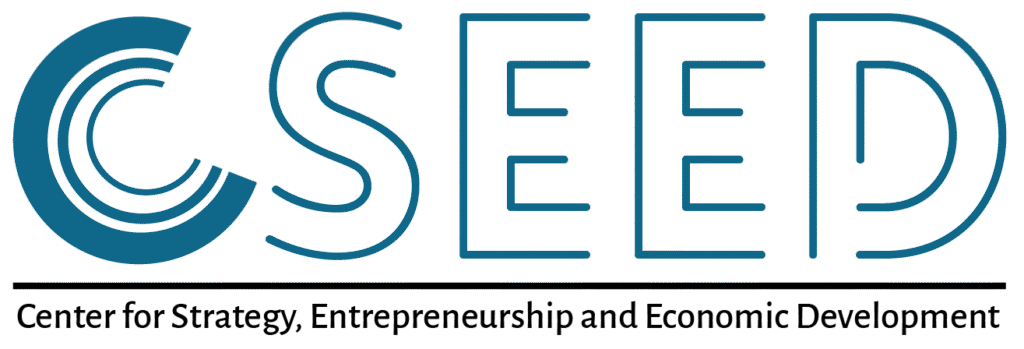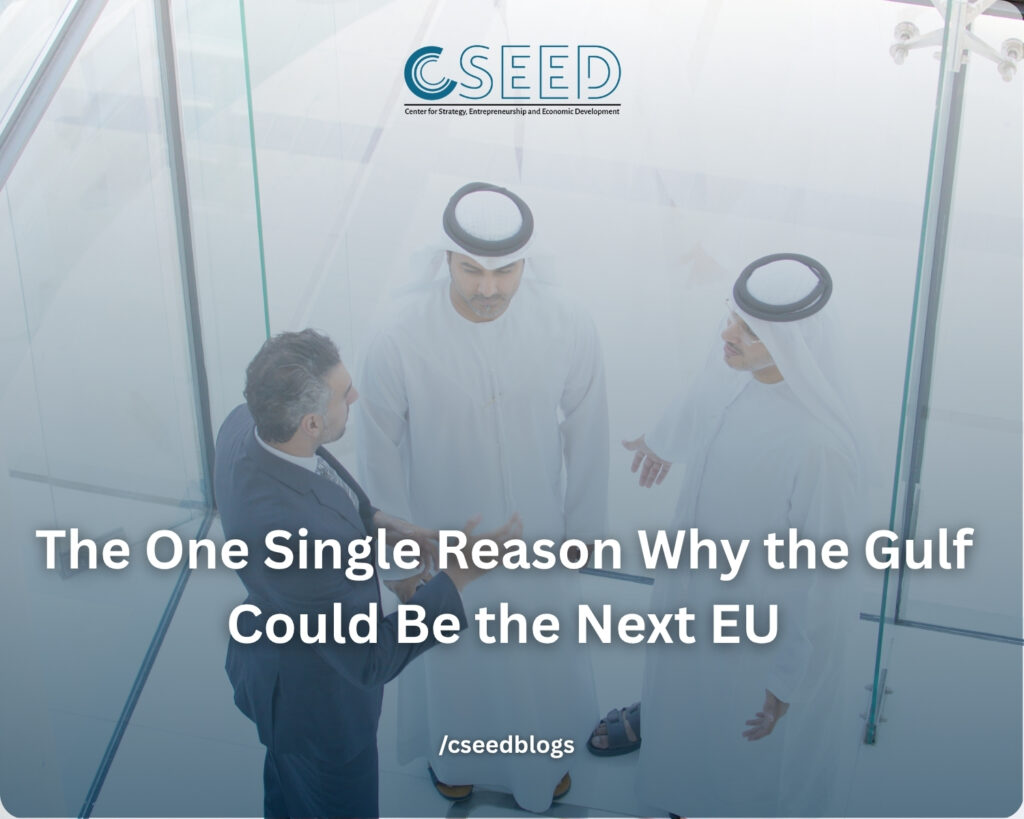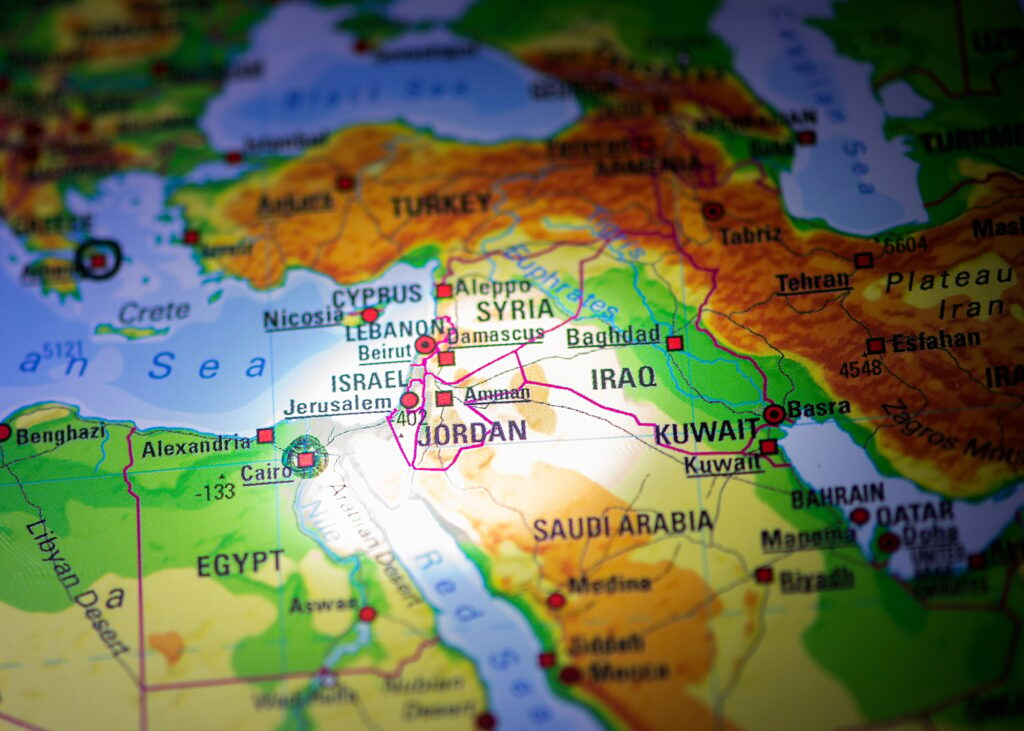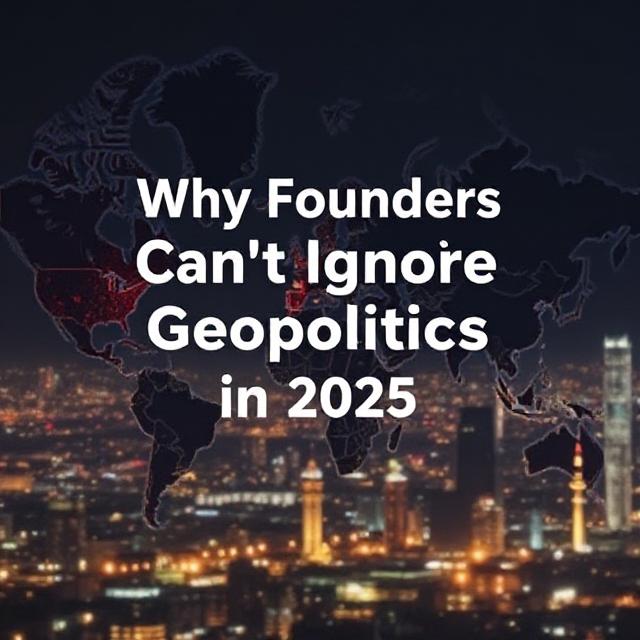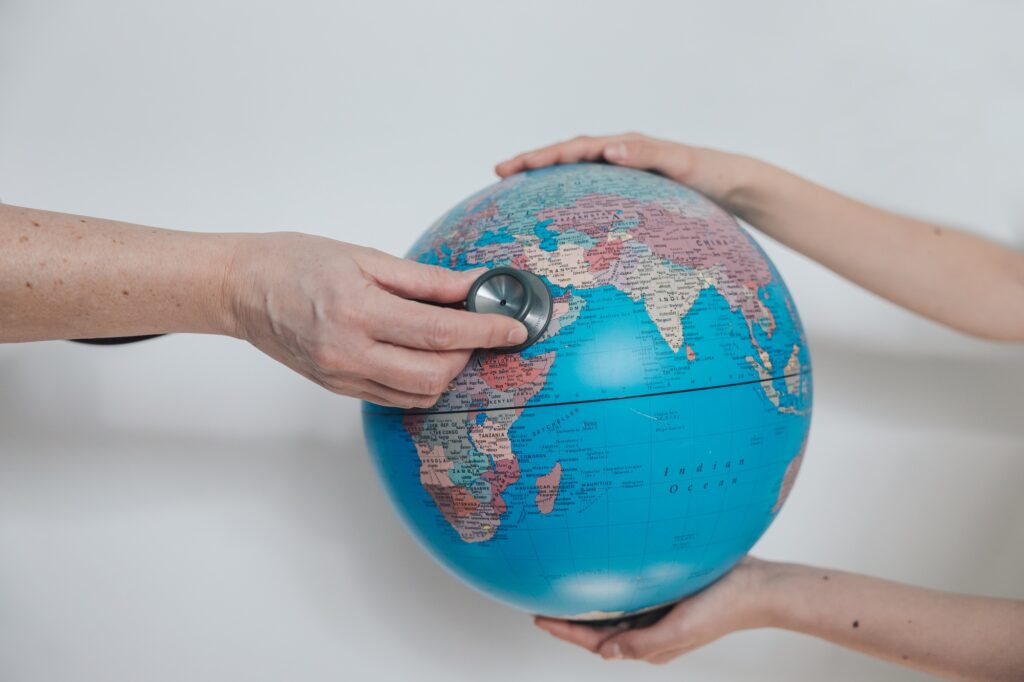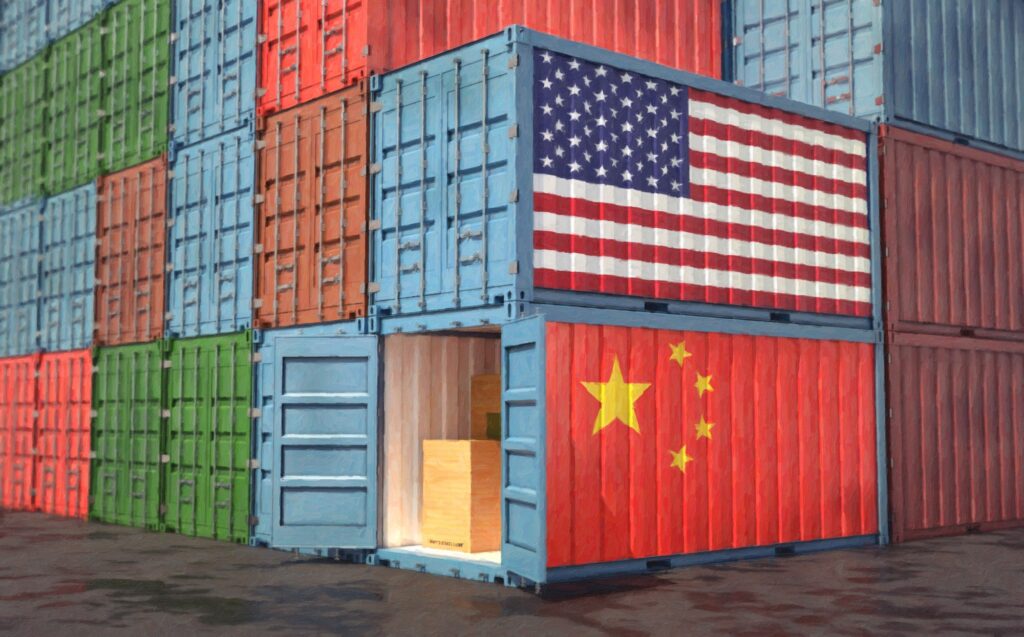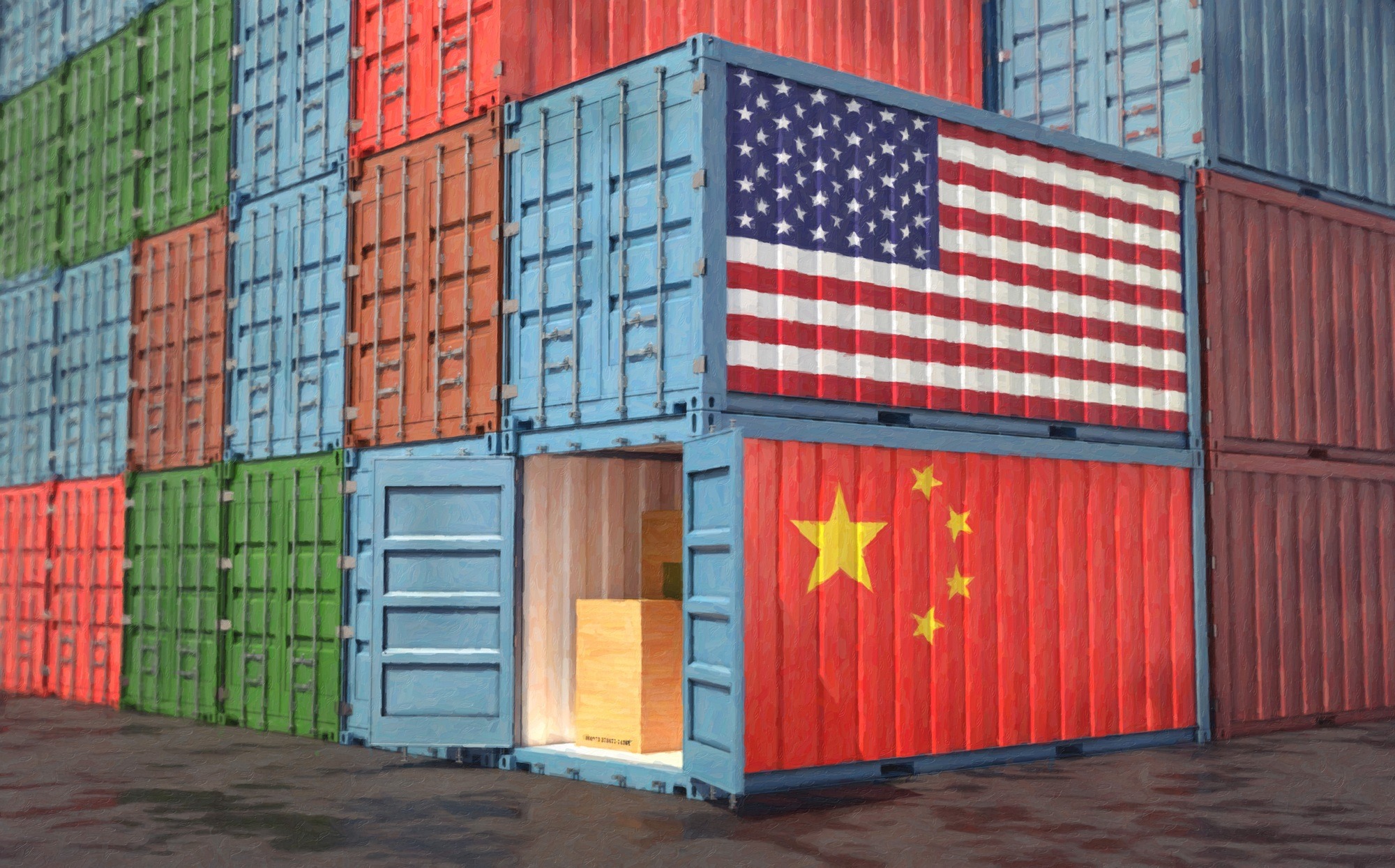“Because the Gulf Has Been Quietly Building the Infrastructure that Future Economies Will Rely On“
The Gulf future economy is no longer just a cluster of oil-rich states with modern skylines. It is becoming a strategically structured zone of economic foresight, making deliberate investments in infrastructure, technology, and institutional reform. While headlines often focus on geopolitics or energy prices, what is unfolding in the Gulf is a much more powerful story: the long game of building systems for the next global economy.
Future-Ready Infrastructure Is No Longer a Choice
In a world transitioning toward diversified and digitally integrated economies, infrastructure is not just about roads and ports. It’s about interoperable logistics, digital governance frameworks, energy grids, AI-readiness, organizational practices, and data sovereignty. Gulf countries, particularly the UAE, Saudi Arabia, and Qatar, are leading the charge.
- $3.3 trillion in infrastructure investment is projected across the Gulf Cooperation Council (GCC) by 2030, according to Strategy& (PwC).
- Saudi Arabia’s Vision 2030 includes NEOM, a $500 billion smart city with zero cars, streets, or carbon emissions (Source).
- The UAE has launched the ‘Projects of the 50’, a bold set of economic initiatives to attract global talent and scale up innovation ecosystems.
These moves signal that the Gulf’s economic transformation is not accidental; it is engineered with intent.
Institutional Maturity: The Often-Ignored Advantage
Beyond megaprojects, the Gulf is making quiet progress in regulatory and policy infrastructure:
- The DIFC Courts in Dubai and QFC in Qatar are recognized for business-friendly legal ecosystems.
- Green financing frameworks are emerging to meet ESG benchmarks.
- The Gulf Central Banks are piloting digital currencies and testing blockchain infrastructure for trade facilitation.
These aren’t just economic upgrades; they are institutional pivots that reflect long-term strategic thinking.
Gulf vs EU: Not a Replication, but a Reinvention
While the European Union emerged from a post-war integration model, the Gulf is carving a different path built on economic pragmatism and geo-commercial relevance.
- The GCC Customs Union and Unified Economic Agreement are early steps toward regional harmonization.
- GCC railway connectivity projects are underway, signaling readiness for cross-border movement of goods and people.
- Pan-Gulf energy interconnection and water security collaborations are strengthening regional interdependence.
Instead of replicating EU-like political unity, the Gulf is evolving as a highly coordinated economic bloc, more flexible and better suited for a multipolar, post-oil world.
What It Means for Strategy and Future Progress
For entrepreneurs, policymakers, and global investors, the Gulf’s infrastructure story signals:
- A mature investment climate supported by robust legal and regulatory environments.
- An emerging model for regional economic integration without political entanglement.
- A signal to diversify global expansion strategies, beyond legacy markets.
The world is entering an era where infrastructure defines influence. The Gulf understands this—and has been preparing quietly, but strategically.
Published by: CSEED – Center for Strategy, Entrepreneurship & Economic Diplomacy
Written by: CSEED Strategic Research & Programs Division
